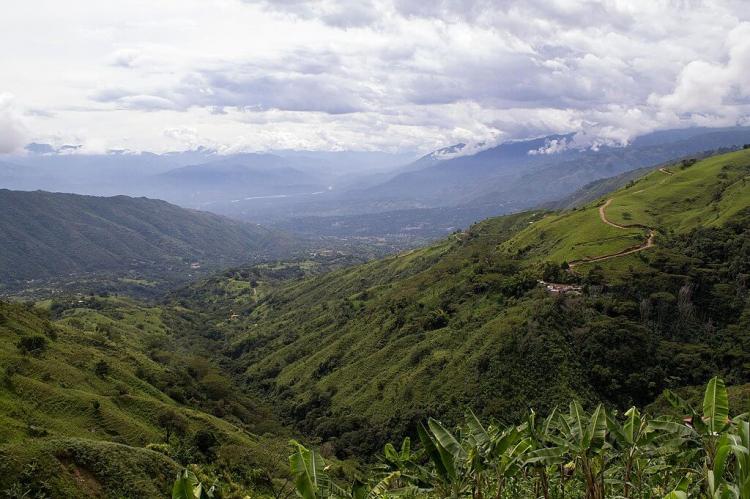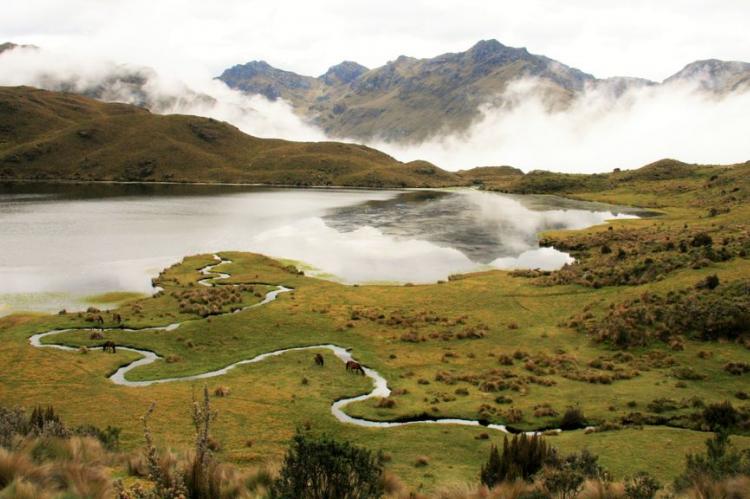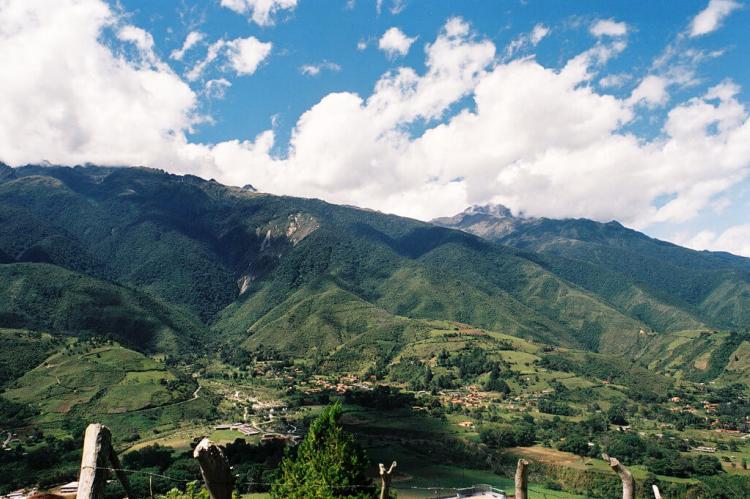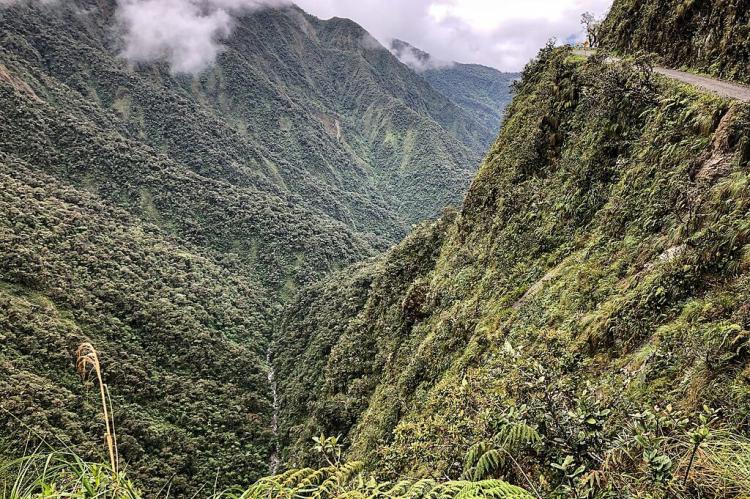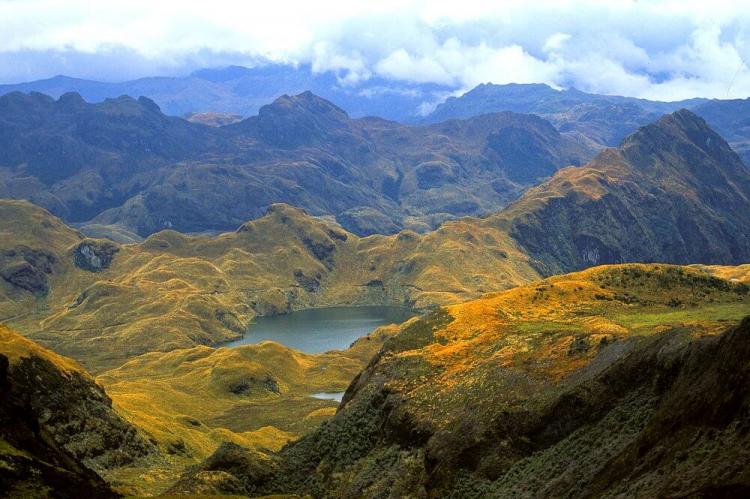Tropical Andes - Biodiversity Hotspot: Preserving the Ecological Jewel
The Tropical Andes region includes the northernmost Andes ranges, from Venezuela south into Bolivia. The Tropical Andes Biodiversity Hotspot is the most biologically diverse of all recognized hotspots and contains about one-sixth of all plant life on Earth. Despite its ecological significance, the region faces substantial challenges.
Tropical Andes - Biodiversity Hotspot
A Diverse and Vital Region
The Tropical Andes, encompassing the northernmost ranges from Venezuela to Bolivia, is a vast and ecologically rich region spanning over 1,500,000 square kilometers (580,000 square miles).
These ranges include:
- the Venezuelan Andes
- the Colombian Andes
- the Ecuadorian Andes
- most of the Peruvian Andes
- much of the Bolivian Andes
The Tropical Andes is the northernmost of the three climate-delineated regions of the Andes Mountains system. The climate-delineated regions include:
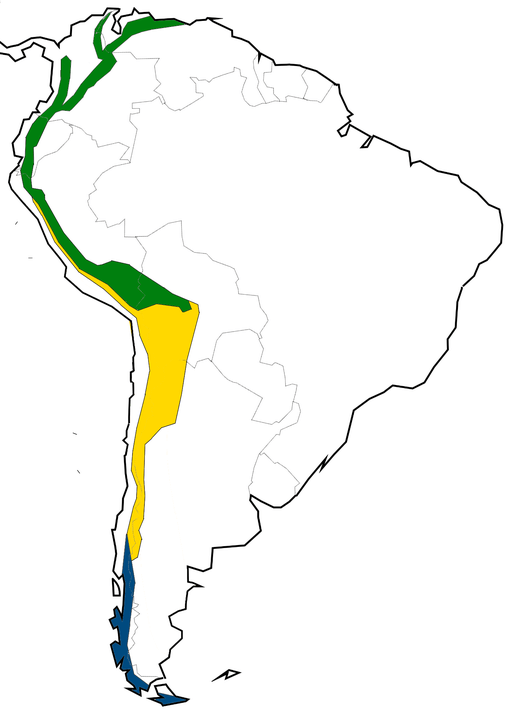
Map depicting the climatic regions of the Andes: Tropical Andes in green, Dry Andes in yellow, and Wet Andes in blue.
Varied Landscapes and Habitats
This region boasts a diverse landscape, ranging from snow-capped peaks to verdant valleys and canyons. The varied topography gives rise to distinct habitats, including:
- Tropical rainforests at 500 to 1,500 meters (1,600 to 4,900 feet) above sea level (asl)
- Cloud forests from 800 to 3,500 meters (2,600 to 11,500 feet) asl
- Grasslands up to the snowline at 3,000 to 4,800 meters (9,800 to 15,700 feet) asl
Additionally, dry forests and woodlands contribute to the rich ecological tapestry. Notable geographical features include Colca Canyon, the deepest gorge in Peru at 3,223 meters (10,574 feet), and Lake Titicaca, the highest navigable body of water at 3,810 meters (12,500 feet) asl.
Biomes
Four major habitat types or biomes are found within the Tropical Andes:
- tropical and subtropical moist broadleaf forests
- tropical and subtropical dry broadleaf forests
- deserts and xeric shrublands
- Montane grasslands and shrublands
Ecological Regions
The ecoregions within the Tropical Andes hotspot include:
- Cordillera de la Costa montane forests (Venezuela)
- Venezuelan Andes montane forests (Venezuela)
- Cordillera Oriental montane forests (Colombia, Venezuela)
- Santa Marta páramo (Colombia)
- Santa Marta montane forests (Colombia)
- Northern Andean páramo (Colombia, Ecuador)
- Magdalena Valley montane forests (Colombia)
- Northwestern Andean montane forests (Colombia, Ecuador)
- Cauca Valley montane forests (Colombia)
- Cauca Valley dry forests (Colombia)
- Magdalena Valley dry forests (Colombia)
- Patía Valley dry forests (Colombia)
- Eastern Cordillera Real montane forests (Colombia, Ecuador, Peru)
- Marañón dry forests (Peru)
- Peruvian Yungas (Peru)
- Cordillera Central páramo (Peru)
- Central Andean wet puna (Bolivia, Peru)
- Central Andean puna (Bolivia, Peru)
- Bolivian Yungas (Bolivia, Peru)
- Bolivian montane dry forests (Bolivia)
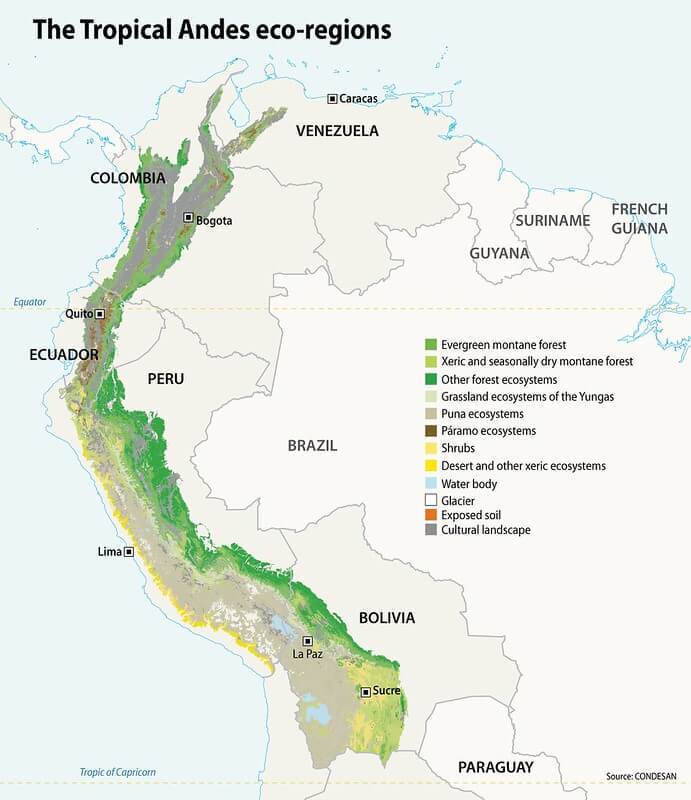
Map depicting the Ecoregions of the Tropical Andes.
Biodiversity Hotspot
Beyond its impressive landscapes, the Tropical Andes stands out as a Biodiversity Hotspot, stretching from western Venezuela to northern Chile and Argentina. This hotspot encompasses substantial portions of Colombia, Ecuador, Peru, and Bolivia and is renowned as the most biologically diverse hotspot globally.
Unique Flora and Fauna
Housing approximately one-sixth of all plant species on Earth, including 30,000 vascular plant species, this region also boasts the widest variety of amphibian, bird, and mammal species within less than 1% of the world's territory. The Critical Ecosystem Partnership Fund notes that the Tropical Andes leads the world in plant endemism, with an estimated 50% or more of its species found nowhere else on the planet.
Amphibians thrive here, with around 980 species and over 670 endemics, making the Andean Region the most diverse on Earth for these creatures. A similar pattern emerges for birds, with over 1,700 species, a third of which are endemic, surpassing other hotspots in diversity. The hotspot is also home to more than 375 documented freshwater fish species, although their conservation status remains largely unknown.
Preserving the Ecological Jewel
Conservation Challenges and Efforts
Despite its ecological significance, the Tropical Andes face substantial challenges, including intense human development, excessive mining, environmentally harmful practices, and deforestation for activities such as cattle ranching and oil extraction. Conservation efforts are crucial to preserve the Tropical Andes' unparalleled biodiversity and ecological importance in the face of these threats.
Human Development Pressures: Rapid urbanization and infrastructure expansion have led to habitat fragmentation, disrupting wildlife corridors and exacerbating the isolation of species populations. In addition, expanding agricultural frontiers, particularly for cattle ranching and cultivation of cash crops, encroach upon pristine forest habitats, leading to widespread deforestation and loss of biodiversity. Moreover, unplanned urban sprawl and industrial development contribute to pollution, habitat degradation, and habitat loss, further compounding the region's environmental pressures.
Mining and Resource Extraction: The Tropical Andes are rich in mineral resources, attracting extensive mining activities that often operate with little regard for environmental regulations or conservation measures. Large-scale mining operations, particularly for gold, copper, and coal, result in deforestation, soil erosion, water pollution, and habitat destruction. Furthermore, in gold mining, toxic chemicals, such as mercury, pose serious health risks to local communities and wildlife populations.
Land Use Change: The expansion of agricultural activities, particularly for cattle ranching and soybean cultivation, drives widespread deforestation across the region. Forests are cleared at an alarming rate to make way for pastureland and cropland, leading to habitat loss, soil degradation, and loss of ecosystem services. Additionally, illegal logging and unsustainable timber harvesting further degrade forest ecosystems, jeopardizing the survival of countless plant and animal species.
Climate Change: The impacts of climate change, including rising temperatures, altered precipitation patterns, and more frequent extreme weather events, exacerbate the conservation challenges facing the Tropical Andes. Shifts in temperature and precipitation regimes disrupt ecosystems and alter species distributions, leading to changes in species composition and ecosystem functioning. Moreover, glacial retreat and changes in water availability threaten the integrity of freshwater ecosystems, upon which many species and human communities depend.
Conservation Efforts: Despite these formidable challenges, conservation efforts are underway to safeguard the biodiversity and ecological importance of the Tropical Andes. These efforts are led by governmental agencies, non-profit organizations, research institutions, local communities, and indigenous groups, working collaboratively to address the root causes of environmental degradation and promote sustainable development practices.
Protected Areas: The establishment and effective management of protected areas, such as national parks, reserves, and indigenous territories, play a crucial role in conserving the region's biodiversity and ecosystem services. These protected areas serve as refuges for threatened species, safeguard critical habitats, and promote ecological connectivity across landscapes. Moreover, indigenous-led conservation initiatives, rooted in traditional environmental knowledge and stewardship practices, contribute to the sustainable management of natural resources and the preservation of cultural heritage.
Sustainable Land Management: Promoting sustainable land management practices, such as agroforestry, sustainable agriculture, and reforestation, is essential for mitigating habitat loss and restoring degraded ecosystems. Agroecological approaches, which integrate traditional farming practices with modern ecological principles, enhance biodiversity, soil fertility, and resilience to climate change while promoting food security and livelihoods for local communities.
Community Engagement: Engaging local communities and indigenous groups in conservation decision-making processes fosters a sense of ownership and stewardship over natural resources. Community-based conservation initiatives empower local stakeholders to participate in habitat restoration, biodiversity monitoring, and sustainable resource management, ensuring that conservation efforts are tailored to the needs and priorities of the people who depend on these ecosystems for survival.
In Conclusion
Addressing the Tropical Andes's conservation challenges requires a multi-faceted approach integrating scientific research, policy reforms, community empowerment, and international collaboration. By working together to address the root causes of environmental degradation and promote sustainable development practices, we can ensure the long-term viability of the region's unparalleled biodiversity and ecological importance for generations to come.
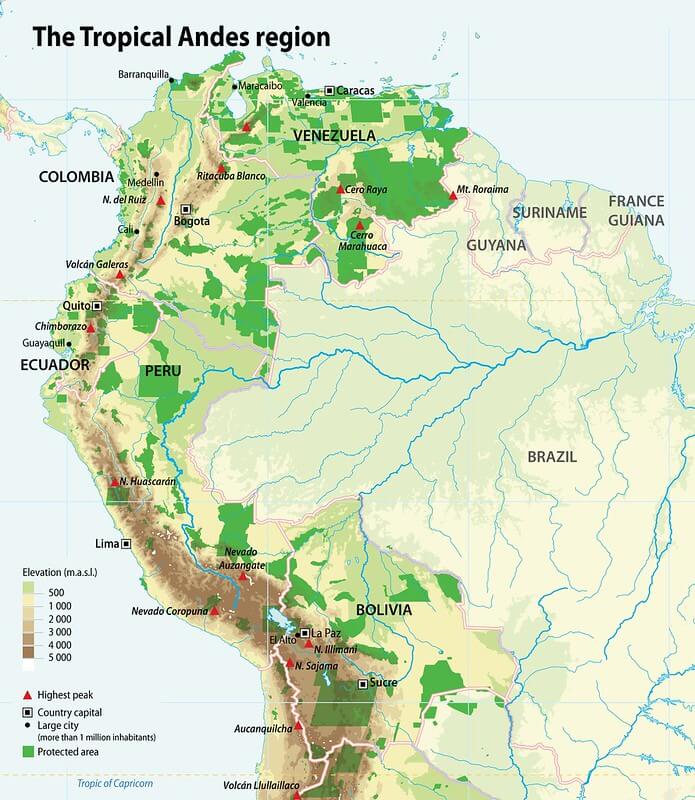
Map depicting the Tropical Andes Region.
